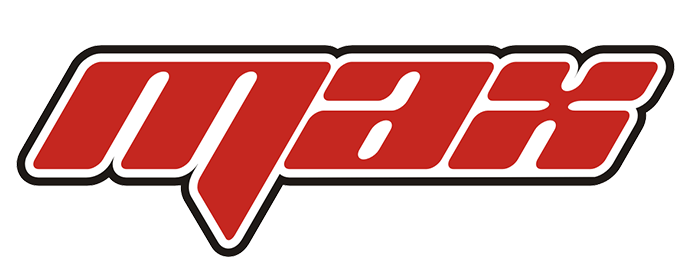News
-
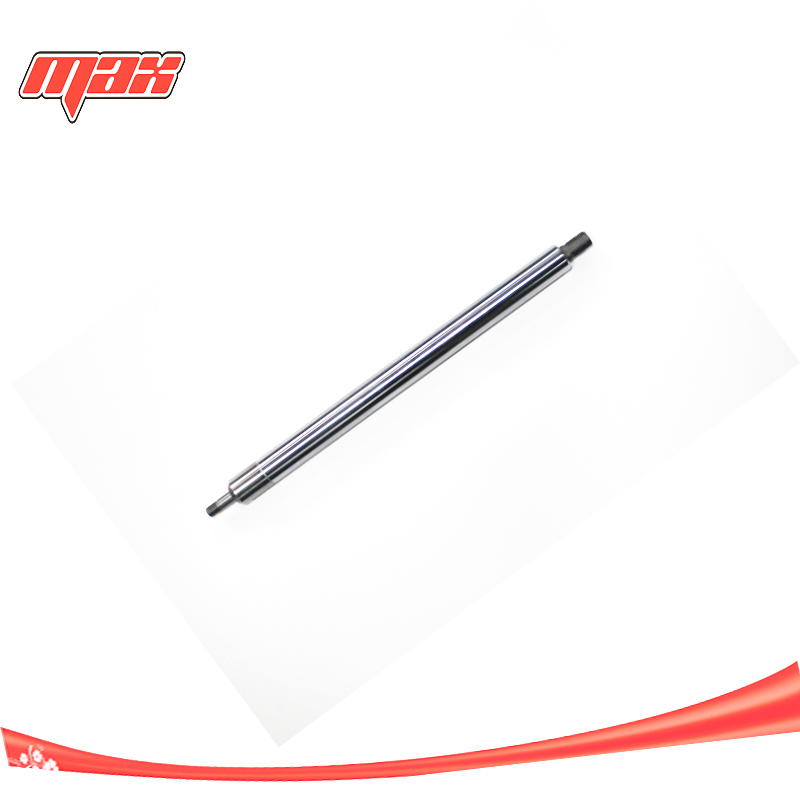
What are the connections between the piston rod and the piston?
The use of piston rod and piston are often inseparable, generally in the use of piston products will use the piston rod this product. Because the piston rod is a connecting part used to support the piston to do work, since it is a connecting part, then the piston rod and the piston must be connec...Read more -

What role do pistons play in a car
Piston Profile: The piston is the “heart” of an automobile engine, which bears alternating mechanical and thermal loads, and is one of the key components in the engine with the harshest working conditions. The function of the piston is to withstand the gas pressure and drive the crank...Read more -
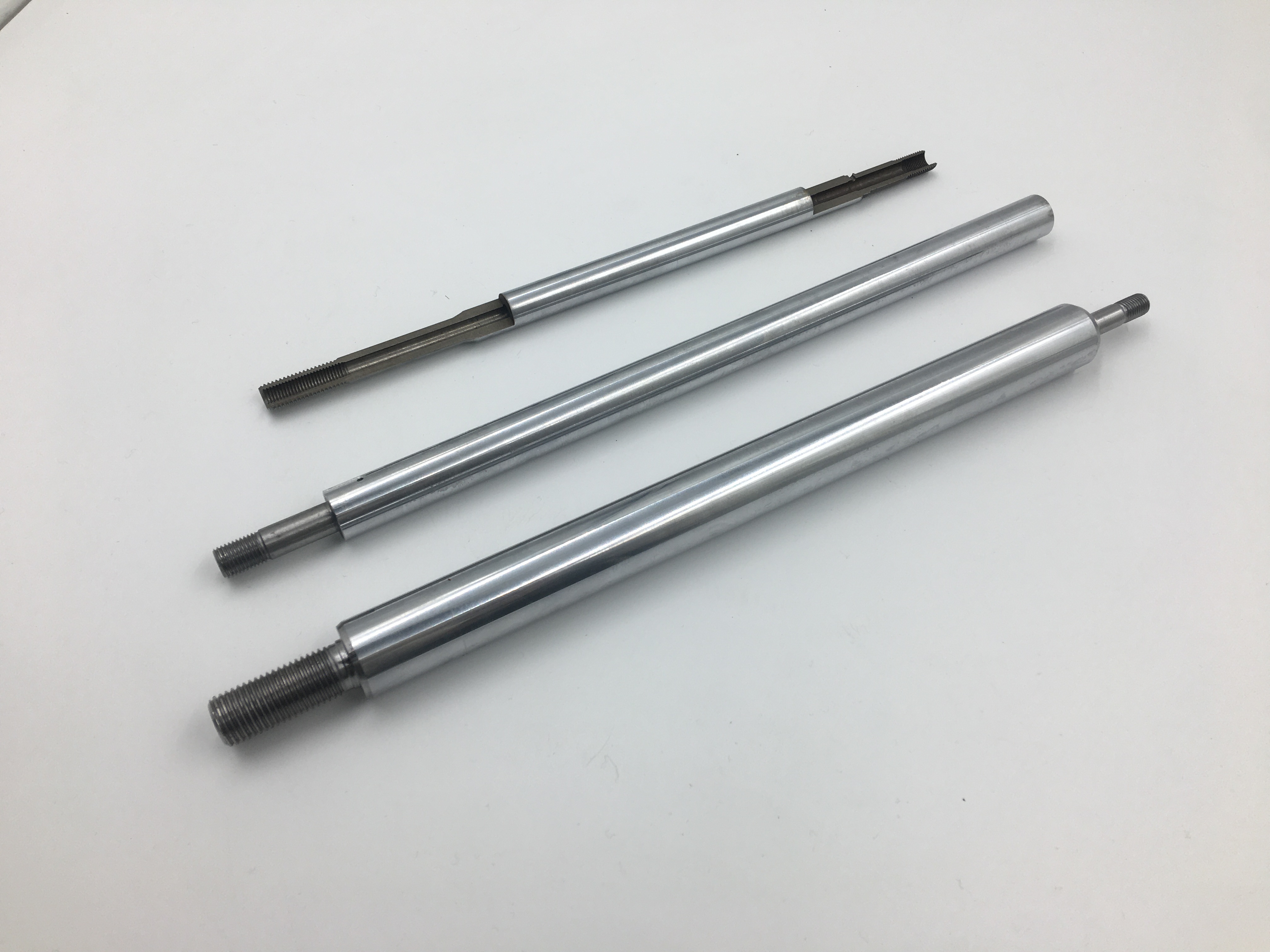
Piston rod commonly used material and selection
Piston rod commonly used material and selection (活塞杆常用材质及选型) The piston rod is a moving part with frequent movement and high technical requirements, and is one of the main key parts of the hydraulic cylinder. Commonly used piston rod material Piston rod is a kind of shaft parts, it is...Read more -
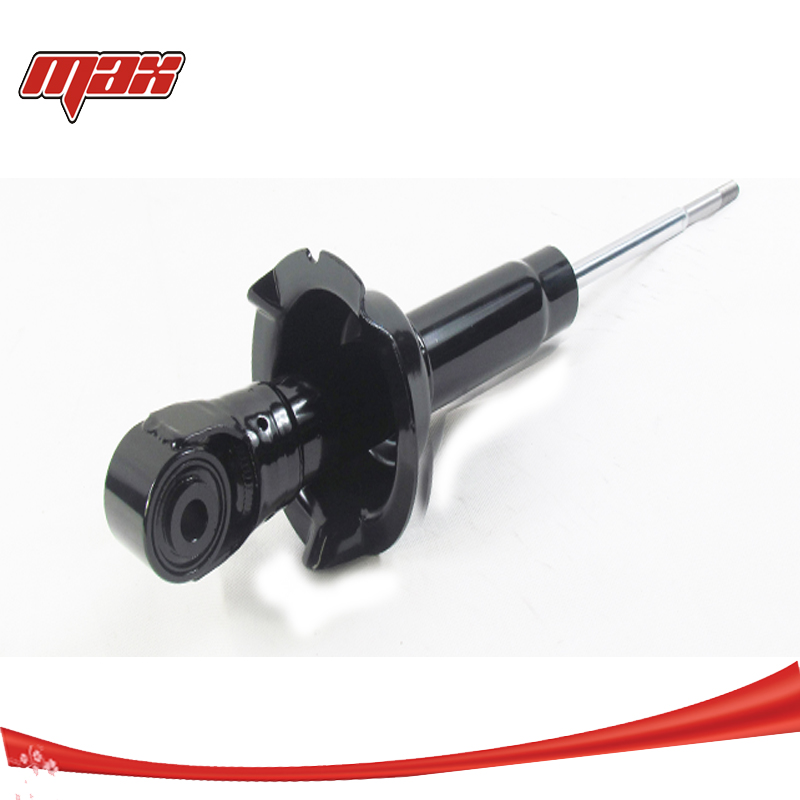
The role of the shock absorber and the performance of judging the broken shock absorber of the car
Automobile shock absorber is an important part of automobile suspension system, its function is to restrain the spring rebound shock to the absorption of vibration and deformation, and absorb the impact of the road. It directly affects the ride comfort and maneuverability of the vehicle, which wi...Read more -

Study on chrome plating technology of piston rod of automobile shock absorber
Introduction As one of the core parts of suspension shock absorber, the piston rod of automobile shock absorber is not only affected by axial and lateral reciprocating force, but also by friction. Under the action of these forces, the piston rod is easy to cause strength, deflection, fatigue fail...Read more -
Public Holiday information
We will have public holiday since 29th/9 to 6th/10 ,will come back to work since 7th. we apologise if i reply you delay during holiday .Read more -

Where are coilovers made? Our ultimate guide!
When it comes to coilovers, there’s no shortage of options. Everything from entry level coilovers starting at around $350 to top of the line coilovers going up to $5000 or more. So it’s no doubt that as customers research what setup they want for their car, the question of where the coilovers are...Read more -
The details of Piston ring
The piston of the automobile engine is one of the main parts of the engine, it and the piston ring, piston pin and other parts of the piston group, and the cylinder head and other components together to form the combustion chamber, withstand the gas force and pass the power to the crankshaft thro...Read more -

Automechanika Istanbul 2023
We sincerely invite you and your company representatives to visit our booth at an internationally renowned professional exhibition in Istanbul. Booth No.: 11A E190 Date:June 9 to June 11 Vanue:Istanbul TUYAP Fair and Congress Center E-5 Karayolu, Gürpinar Kavsagi 34522 Buyukcekmece Istanbul, TurkeyRead more -
Labour Day Holiday
Read more -
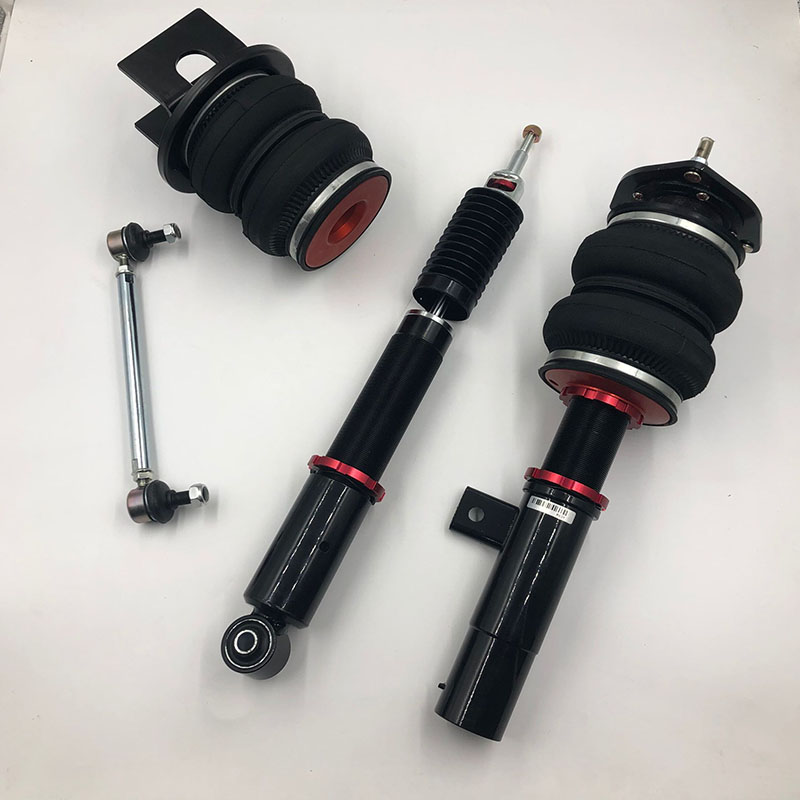
What is the performance of automobile damping spring aging?
When you are driving, after the bumpy road, you will find that the damping effect of the vehicle is not so good, this should be the aging of the damping spring, most of the aging of the damping spring after some symptoms can let us judge, so what will the performance of the aging of the car dampi...Read more -
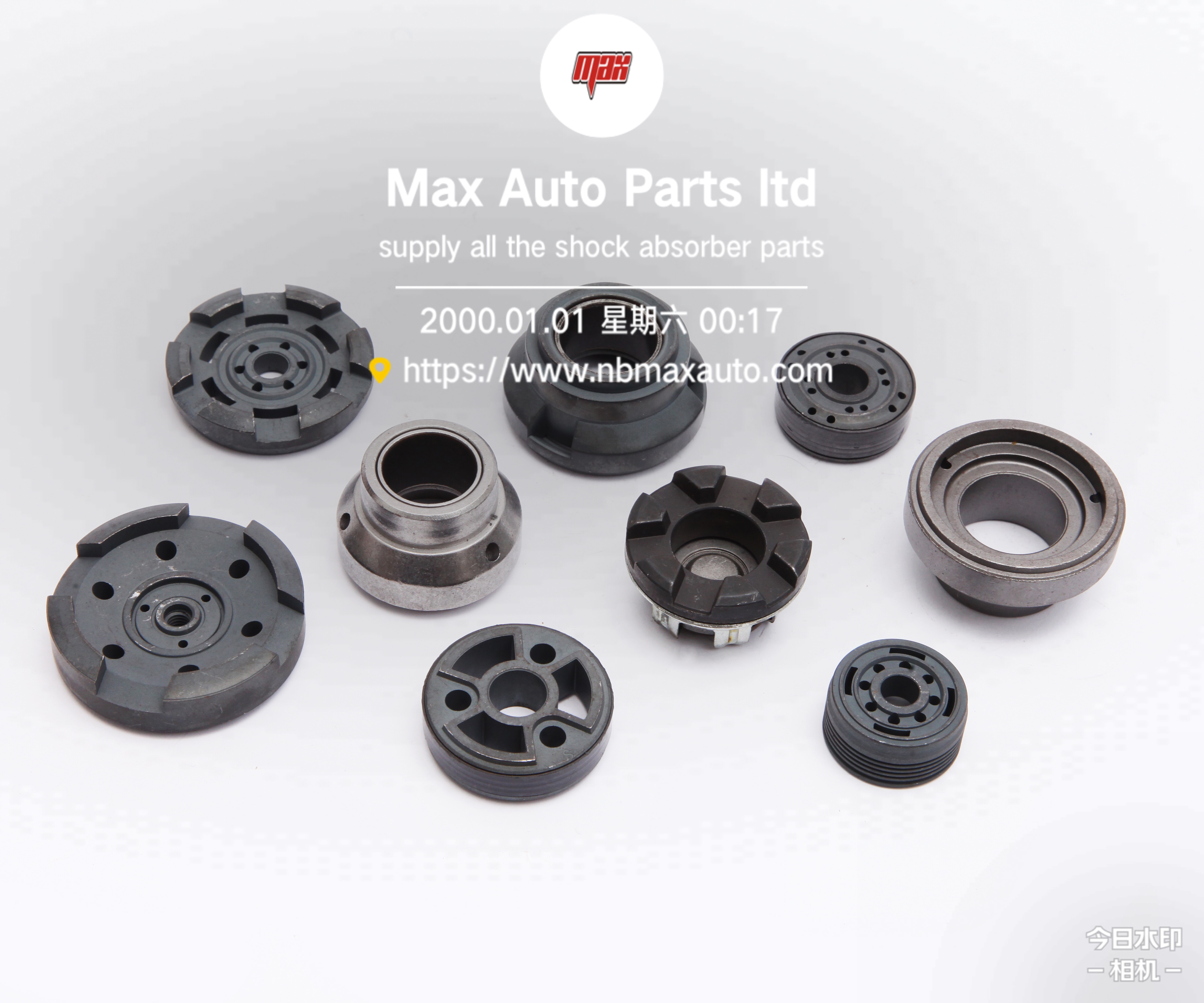
Shock absorber breakdown repair
In order to make the frame and body vibration attenuation rapidly, improve the ride comfort and comfort of the car, the car suspension system is generally equipped with shock absorbers, the car is widely used is two-way action cylinder shock absorbers. The test of shock absorber includes the perf...Read more
